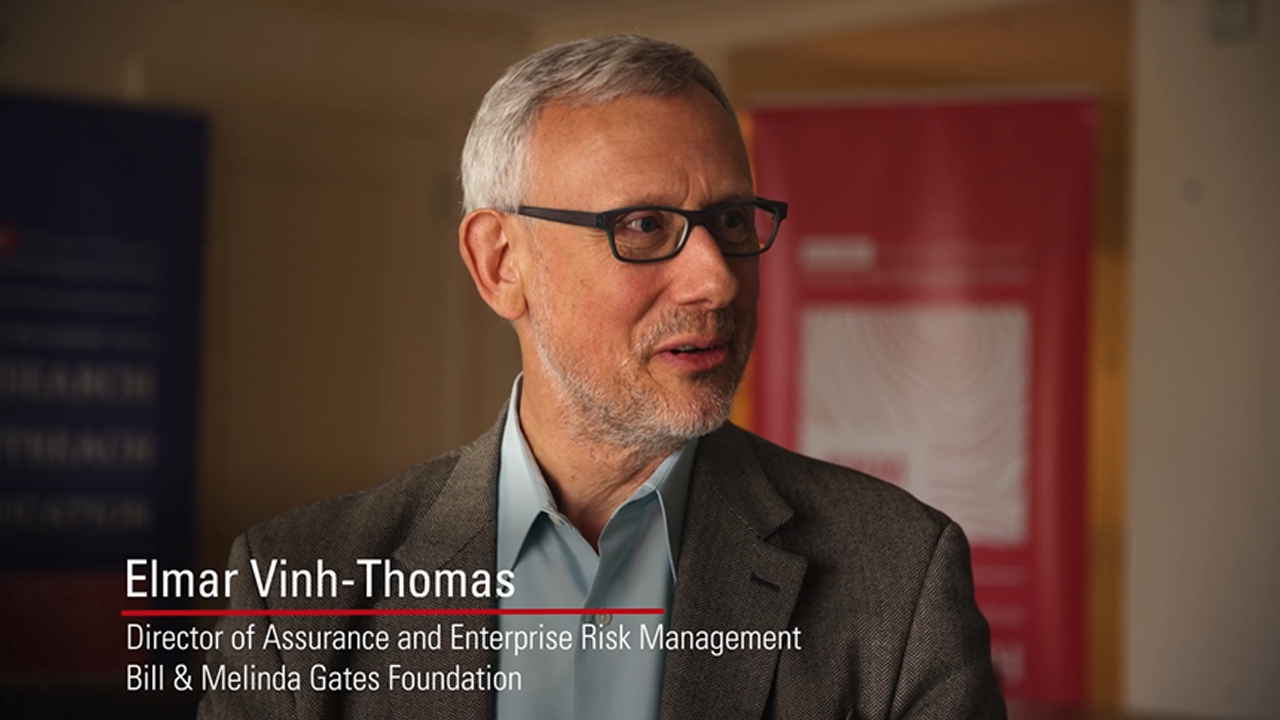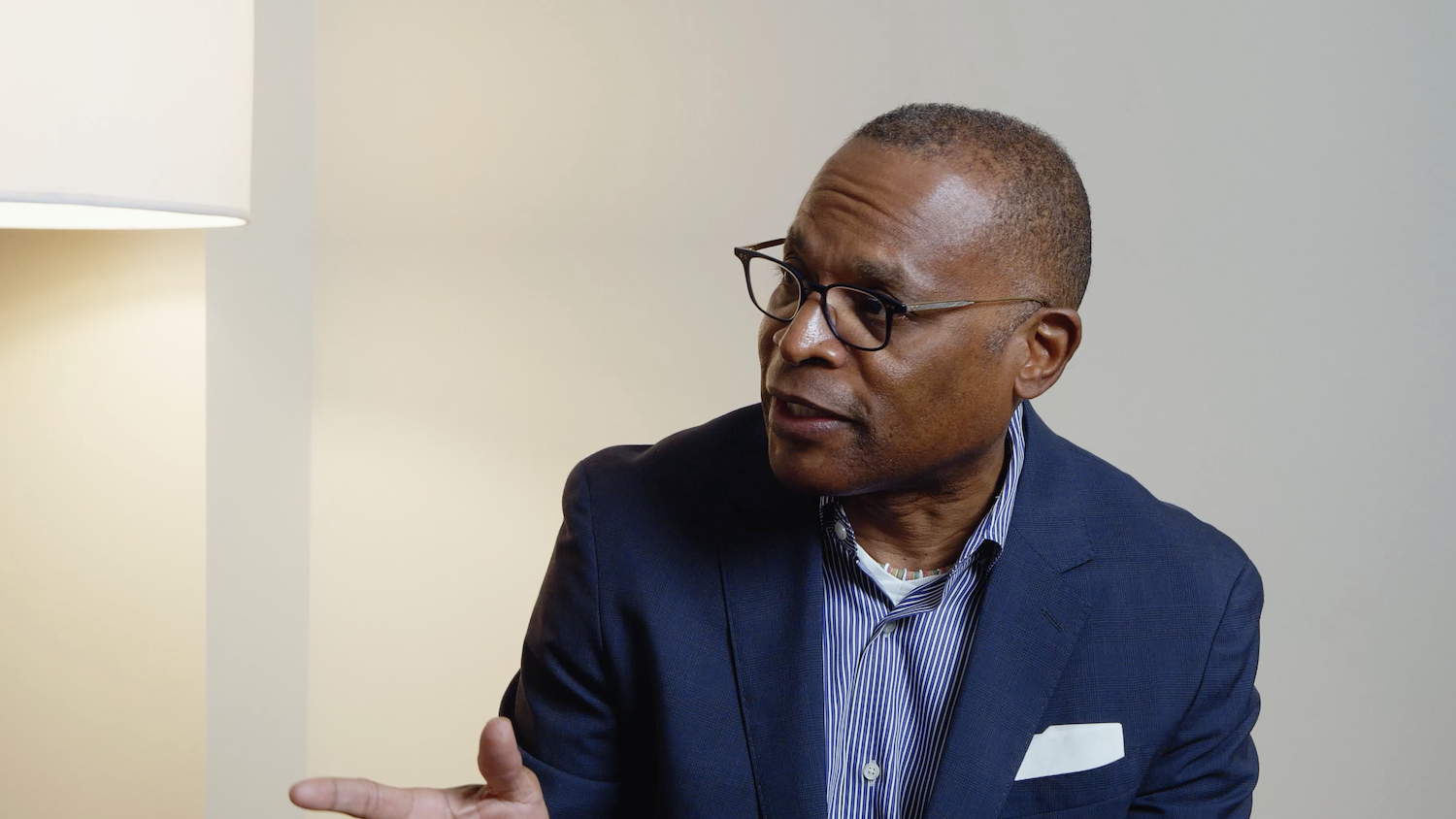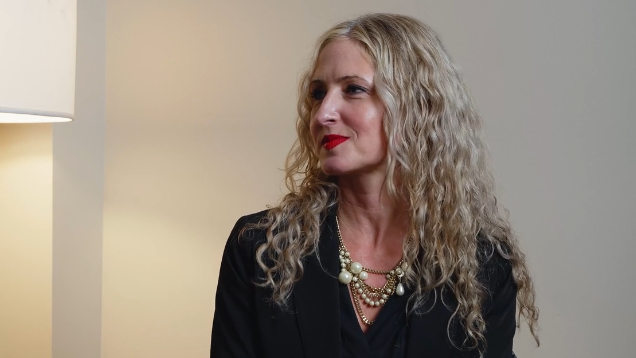Monitoring Emerging Global Risks

In this ERM expert video, Elmar Vinh-Thomas, director of assurance and enterprise risk management at the Bill & Melinda Gates Foundation, shares insights about how they tackle the challenge of keeping their eyes on big, emerging global risks that may be on the horizon. His team oversees ERM, internal audit, grantee audits and investigations about allegations about grants made, which collectively comprise risk management at the foundation.
Integrated Approach to Identifying Global Risks
The Foundation uses a number of approaches to identify emerging global risks.
First, the team leverages insights about megatrend risks described in several external risk studies such as NC State/Protiviti’s Executive Perspectives on Global Risks Report, the World Economic Forum’s annual Global Risk Report, and the Eurasia Group’s Top Risks Report. While these studies tend to emphasize risks largely impacting the corporate sector, these external reports provide a helpful lens on emerging issues from around the world.
Second, the Foundation has eight offices located around the globe with staff who are incredibly plugged into local and regional issues that might present both risks and opportunities. The ERM team at the Foundation has access to these individuals who can provide perspectives about risks that might be unique to a region of the world. The Foundation also has access to consultants who can be probed for their thoughts about emerging risk issues across different aspects.
Third, the Foundation has over 1,500 colleagues, many of whom are located in the Seattle headquarters, who are subject matter experts with deep knowledge in unique areas such as health, global agriculture, and education. The Foundation’s ERM team works very closely with their colleagues across the organization to gather insights and understanding about risks that may be emerging outside the organization.
These three main inputs, in addition to the knowledge and awareness at the board of director and senior executive level of the organization, combine to provide a rich global view of potential emerging risks.
Navigating Risks in Challenging Areas of the World
Much of the work of the Foundation is addressing huge global challenges in some of the riskiest parts of the world. To help solve some of those global challenges in hard-to-reach parts of the world, the Foundation has to engage in managing solutions in high-risk situations, often in areas with a limited number of partners on the ground who can help accomplish the intended objective. Sometimes the only practical way to accomplish the critical work of the Foundation is to help those partners build the competencies needed to ensure risks of the project are appropriately managed. That requires a huge amount of pre-work, including extensive due diligence, legal review and subsequent audit work that all work together to build the capabilities of entities that are needed to work in high risk areas of the world.
Managing Risks in Developing Areas of the World
Much of the strategic work of the Foundation is to help tackle global challenges affecting individuals who are in developing parts of the world (versus developed nations). Doing so sometimes presents unique risks from those that might be observed in more developed parts of the world. Elmar shares his advice about how leaders might consider decisions that involve addressing needs in emerging economies of the world.
He comments that “Risk always has opportunity attached to it.” In light of that, it might not be effective to think about a fixed risk appetite that adheres to an organization. When working in environments with unique risks, it is helpful to look at risk appetite at a particular project rather than look at risk appetite at an enterprise level. When working in developing countries, it can be more effective to think about what risk looks like on a specific project.
He also noted that it’s always good to be skeptical and think critically—but at the same time leaders need to be open-minded without presuming certain capabilities and infrastructures are not in place in a developing country. Often the capabilities are fully in place in regions where one might not expect to find them, and in some cases those capabilities are far superior to what might be observed in more developed parts of the world. Learning can be two directional.
- Categories:
- Types:


